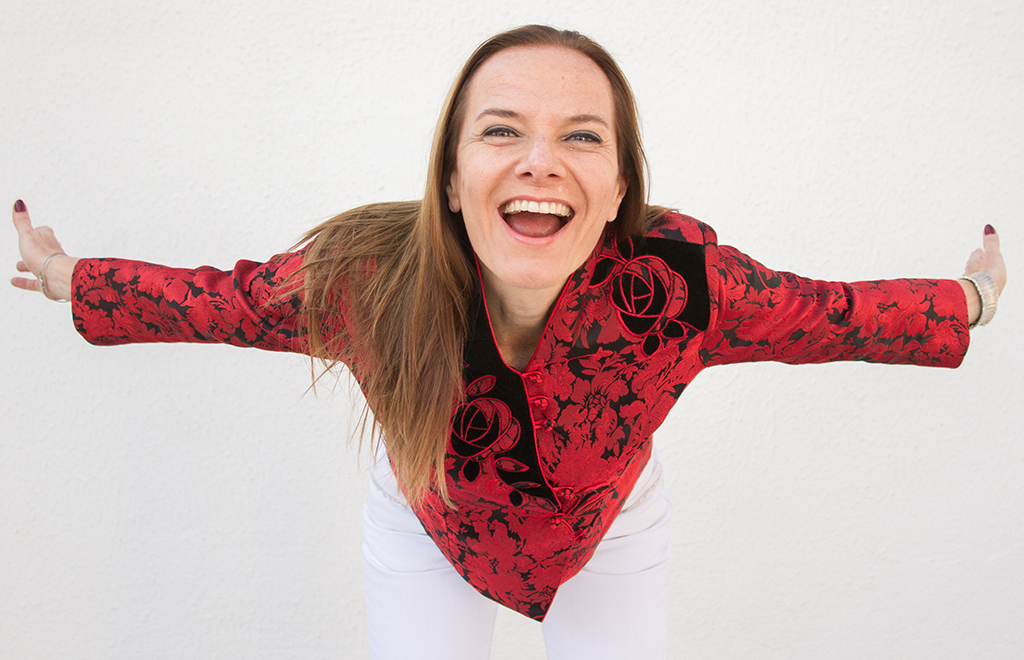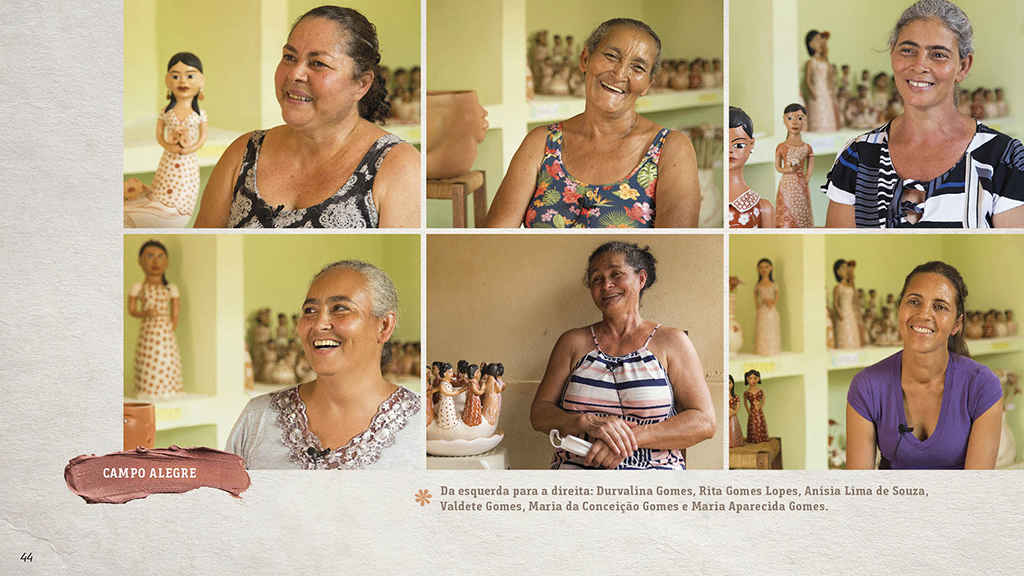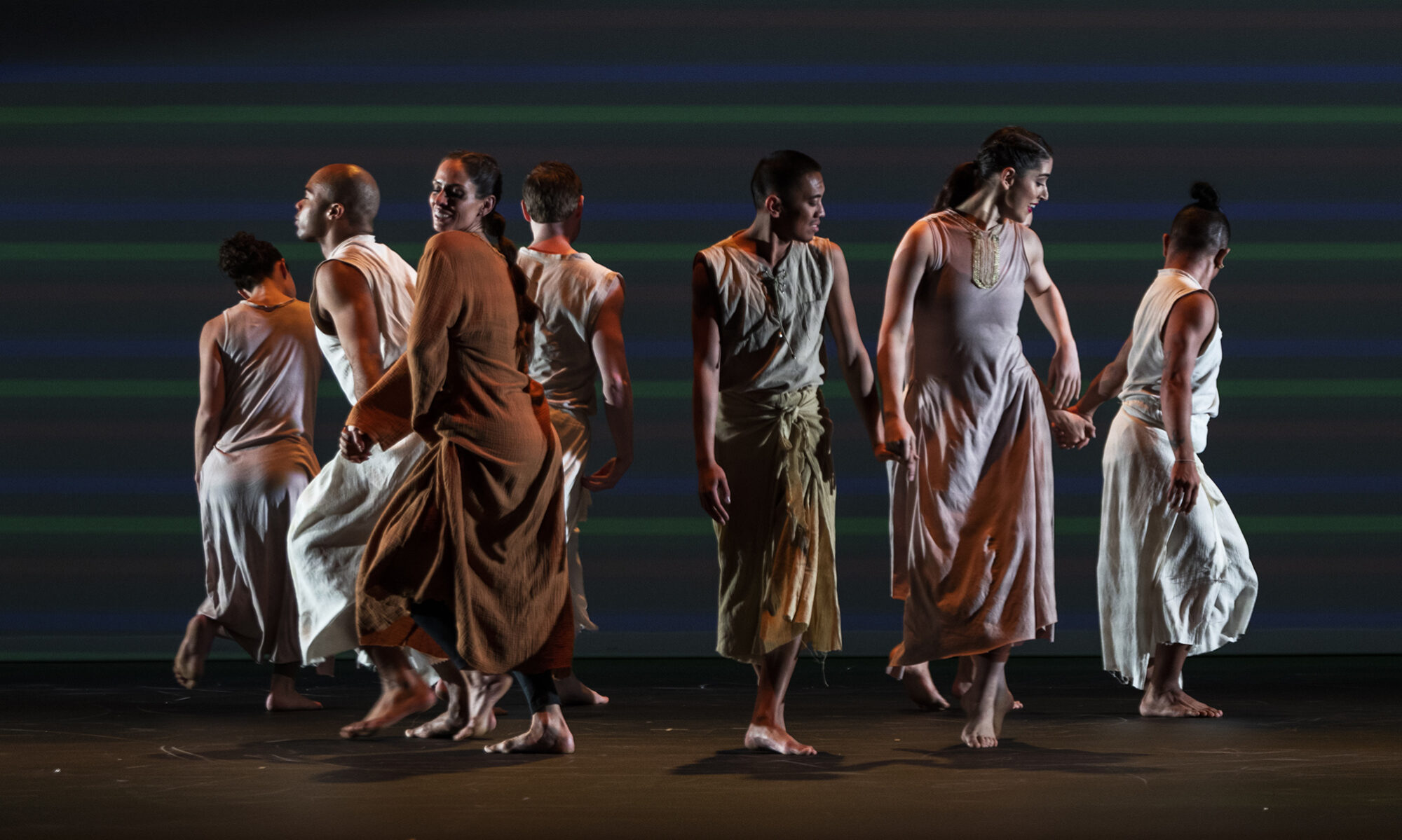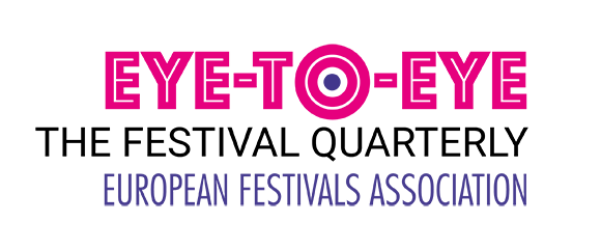Territory-brand Jequitinhonha Valley – increasing the perceived value of a development process from the grassroots

Ana Carla Fonseca is an economist and holds a PhD in Urban Studies. She runs Garimpo de Soluções, a pioneering consulting company operating at the intersection of culture, economics and development, having private companies and public departments as major clients. Garimpo was responsible for the development of local and regional creative economy plans that became references in Brazil. She is a renowned international consultant, speaker and curator of congresses. A special advisor for the UN, she is the author/editor of a series of trailblazing books on the creative economy and cities. Before setting up her own company, she led global innovation projects for multinational companies for 15 years, based in Latin America, London and Milan. Awarded with a number of prizes in business and culture, she was appointed by El País one of the 8 Brazilians impressing the world.
Located in Central-Eastern Brazil, Jequitinhonha Valley comprises around 80 municipalities, most of with a small population. The barrenness of the land is in dire contrast to the abundance of cultural expressions and artistic creations. Socio-economically deprived, suffering from severe droughts and poor soils, this vast territory was not long ago best known as the land of “widows of living husbands”.
Men would be away from home most of the year, a thousand miles down South, working in sugarcane fields. Women were left to raise their children on their own, a survival task not to be undertaken lightly. Then a world apart from the developed regions of the country, Jequitinhonha is surrounded by massive granite hills, escarpments and a multitude of clays. The expertise on pottery was handed down from generation to generation. The tradition started with the need of utensils for daily use, a long-lasting heritage of the indigenous people. In the shaping of skilled hands, the countless shades of clay gain decorative forms of singular and rare beauty.
The art works carry the stories of craft-masters who made their living from them.Above all, the art works reveal the strength of women, who are also represented in dolls that have gained fame. The broad smile, the welcomeness and dedication materialise themselves in pure affection, transcending the object itself, revealing the transformation not only of the earth, but also of realities.
Over the past 20 to 30 years, art works from Jequitinhonha have conquered some of the best galleries and decorative shops, allowing men to come back home and help their wives and children in commerce, sales and also in the hardest tasks of digging and processing clay. Tourists started to flock to the territory to meet these people in person and get to know their creation process.
One of the key institutions backing this transformation is Sebrae, the service of support for micro and small enterprises. Extremely active in regional development, they acknowledged the potential of this beautiful case of creative economy in the country – a paramount example of added-value production based on the resilience and on the culture of its people, but also of shared-value across the communities, as a powerful alternative to cash-transfer programmes.
Sebrae commissioned Garimpo de Solucoes, a boutique consultancy operating in the fields of creative economy and regional development, who designed a taylor-made methodology to help increase the perceived-value of the handicrafts and discourage copycats. The main aims were to decode the rich universe of the craftswomen and translate them into a territory-brand; to help buyers identify the origin and authenticity of the art pieces produced, so that the reputational financial recognition reaches those who deserve it. The five-step workflow started with qualitative interviews with external experts on the region and on handicrafts and with a deep immersion in the territory, involving long talks with the communities and days of participant observation in four different crafts associations.
During the process it became clear that we had to find different ways to listen to them, as local artists are used to speak with their hands. We then sent a box of sensory tools to each of the four associations – containing buttons, tissues, sewing tapes of different colors and textures; perfumes and so forth. We asked them to identify the samples most suitable to their work, their territory and themselves. They sent the boxes back with examples of non-commercial things they value most – flowers, herbs, clay, notes, local delicacies, pictures.
All these emotional inputs were key to designing a territory masterbrand the artisan communities would take as theirs. The brand was then customised to each different artisans association in a collaborative process that required them to vary a number of accessories in the brand – dress patterns, earrings, hair lengths etc. These different individual brands keep unity with the masterbrand but helped commercial gallerists and buyers spot the specific origin of each art work. Since its launch, late 2021, the art works have carried the engraved signature of those who create them, stating their authenticity. What’s more, the brand is also being printed on stationary, packing and communication materials, road signs, clothes etc.
The reaction of Jequitinhonha people to the brand was extremely touching and a reward for all those involved in the process. It brings mixture of pride, self-fulfillment and hope that, being fighters, hard-working women in are preserving the traditions of their popular culture.
Those fluent in Portuguese or willing to see the art works can download the Jequitinhonha Valley territory-brand from https://garimpodesolucoes.com.br/en/what-we-do/placebrading-jequitinhonha-valley
Festival Life creates shared moments of audiences and artists, eye-to-eye


